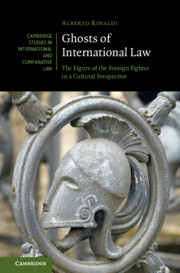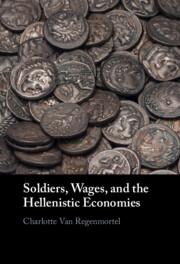While peacekeeping operations have always been heavily dependent on host-state support and international political backing, changes in the global geopolitical and technological landscapes have presented new forms of state interference intended to influence, undermine, and impair the activities of missions on the ground. Emerging parallel security actors, notably the Wagner Group, have cast themselves as directly or implicitly in competition with the security guarantee provided by peacekeepers, while the proliferation of mis- and disinformation and growing cybersecurity vulnerabilities present novel challenges for missions’ relationships with host states and populations, operational security, and the protection of staff and their local sources. Together, these trends undermine missions’ efforts to protect civilians, operate safely, and implement long-term political settlements. This essay analyzes these trends and the dilemmas they present for in-country UN officials attempting to induce respect for international norms and implement their mandates. It describes nascent strategies taken by missions to maintain their impartiality, communicate effectively, and maintain the trust of those they are charged with protecting, and highlights early good practices for monitoring and analyzing this new operation environment, for reporting on and promoting human rights, and for operating safely.


